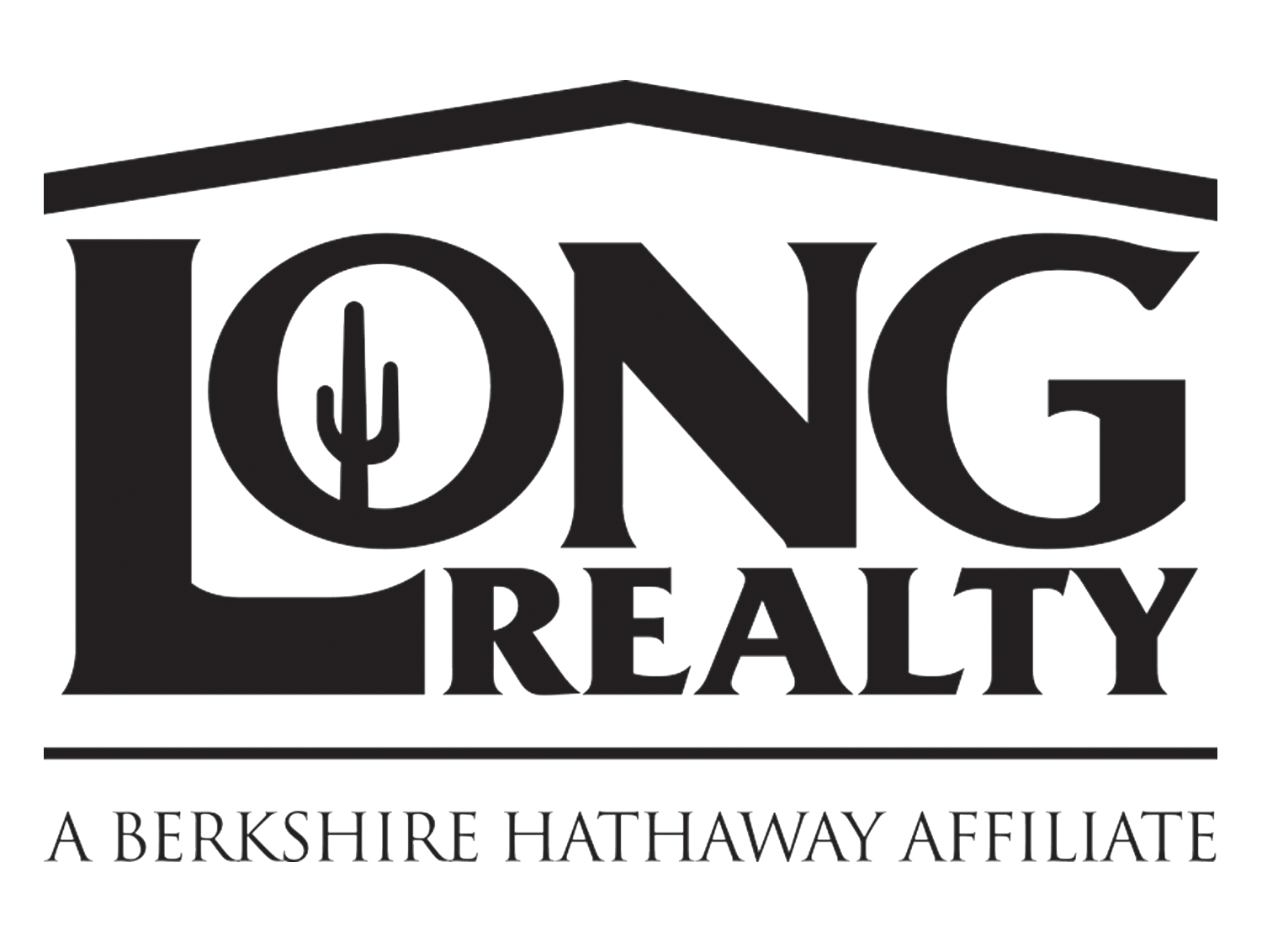In the first part of our two-part article on residential interior doors we explained the most frequently used construction types. Now we’ll take a look at some of the styles and other characteristics of doors to get a more complete sense of what you’ll encounter in many homes on the market.
Flush vs. Panel – A readily seen distinction in door styles is the difference between a flush door and panel doors (also called stile & rail doors). Flush doors are essentially flat doors with very little decorative character to their make-up. A variety of construction techniques can be used with this style of door but this is the style used frequently for hollow core doors. Panel doors are made up of several pieces joined together that creates a more decorative, raised panel look. The essential components of panel doors are the two stiles that are the vertical pieces along both edges of the door and the horitzontal rail sections which join them together at the top, bottom, and frequently in the center. Again a variety of construction methods can be used for a panel door, but a common application is with solid core doors.
Within the panel door style there are countless options for decorative appearances but a few of the commonly found varieties are two-panel, four-panel and six-panel. The two-panel appearance is created by having a middle rail separating the top and bottom sections of the door. These panels will frequently give a “raised” look by incorporating recessed/routered designs giving the door more intrigue. A four-panel door adds a mullion, which is vertical piece added to the middle of the door separating the door into multiple columns, to a two-panel layout thereby creating four panels. A six-panel door simply adds another rail on top of the four-panel, further dividing the door into sections.
Style is certainly subjective but panel doors are a typically more sought after style. When buying a new construction home these may be an additional charge or built into the price of a more upscale community. Certainly the price of a panel door in similar materials/costruction methods will nearly always be more expensive. Door types will also vary in price sometimes by the type of wood that may be used in its construction. Keep all of these factors in mind when comparing different door products.
Most interior doors are built at a height of 6′ 8″, although some builders or homes may offer taller doors such as 8′. It’s also worth noting that the doors leading to the exterior of the home like a front door or garage entry door are required by code to be fire-rated and are therefore much sturdier. This increased sturdiness of course also has the additional benefit of being more resistant to break-ins and most likely be better insulated as well.
The above door characteristics are just some of the many options and features that are available in doors, but include the most commonly seen applications in today’s market. For further questions or information about doors that are part of a home you’re looking at please contact a REALTOR© or contractor.








Connect With Us!